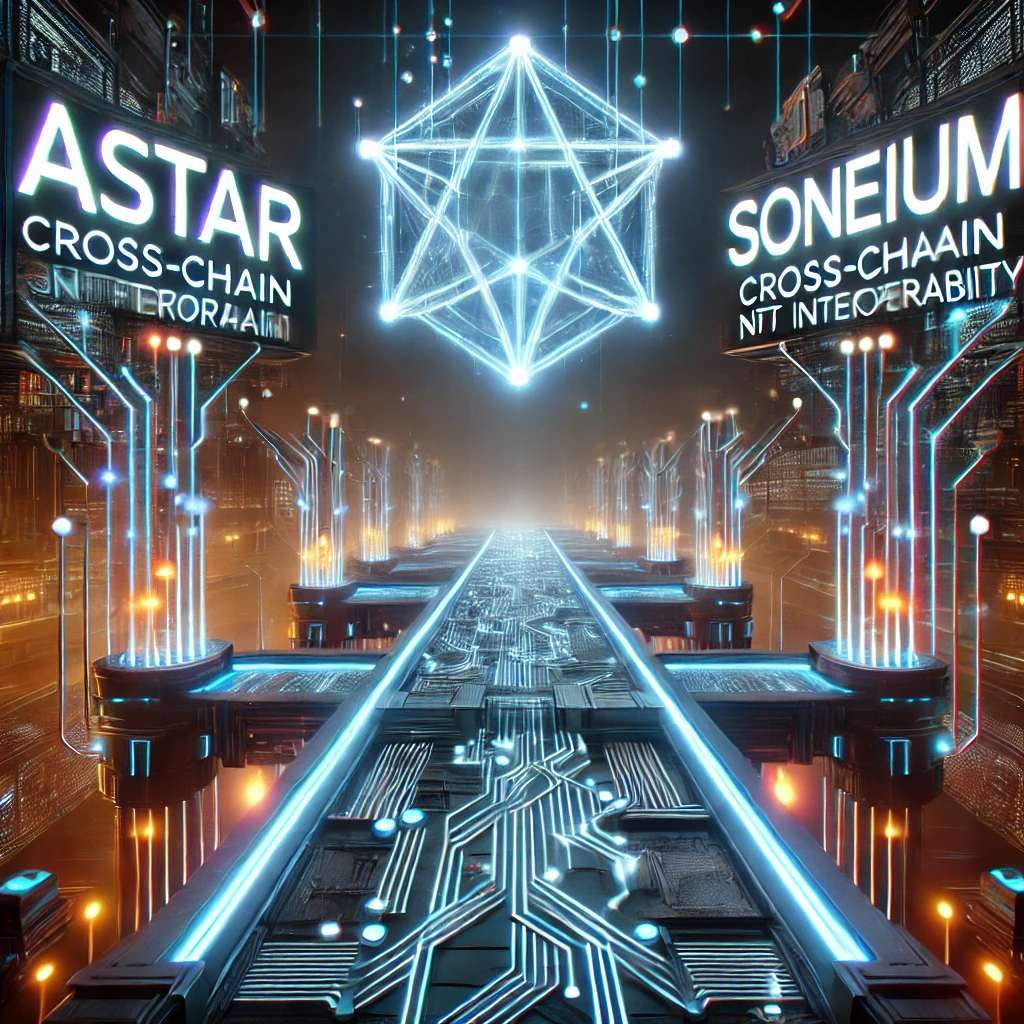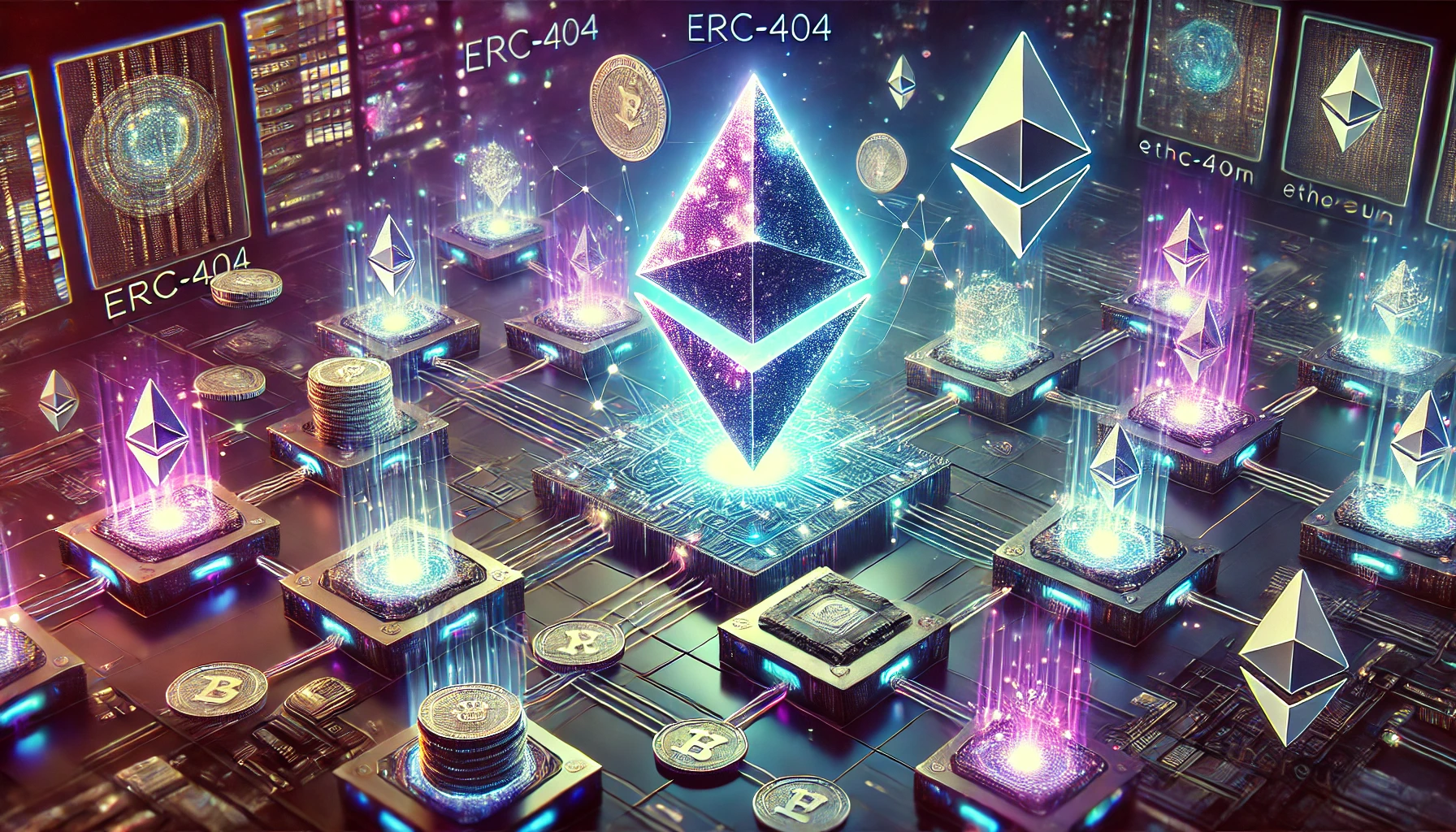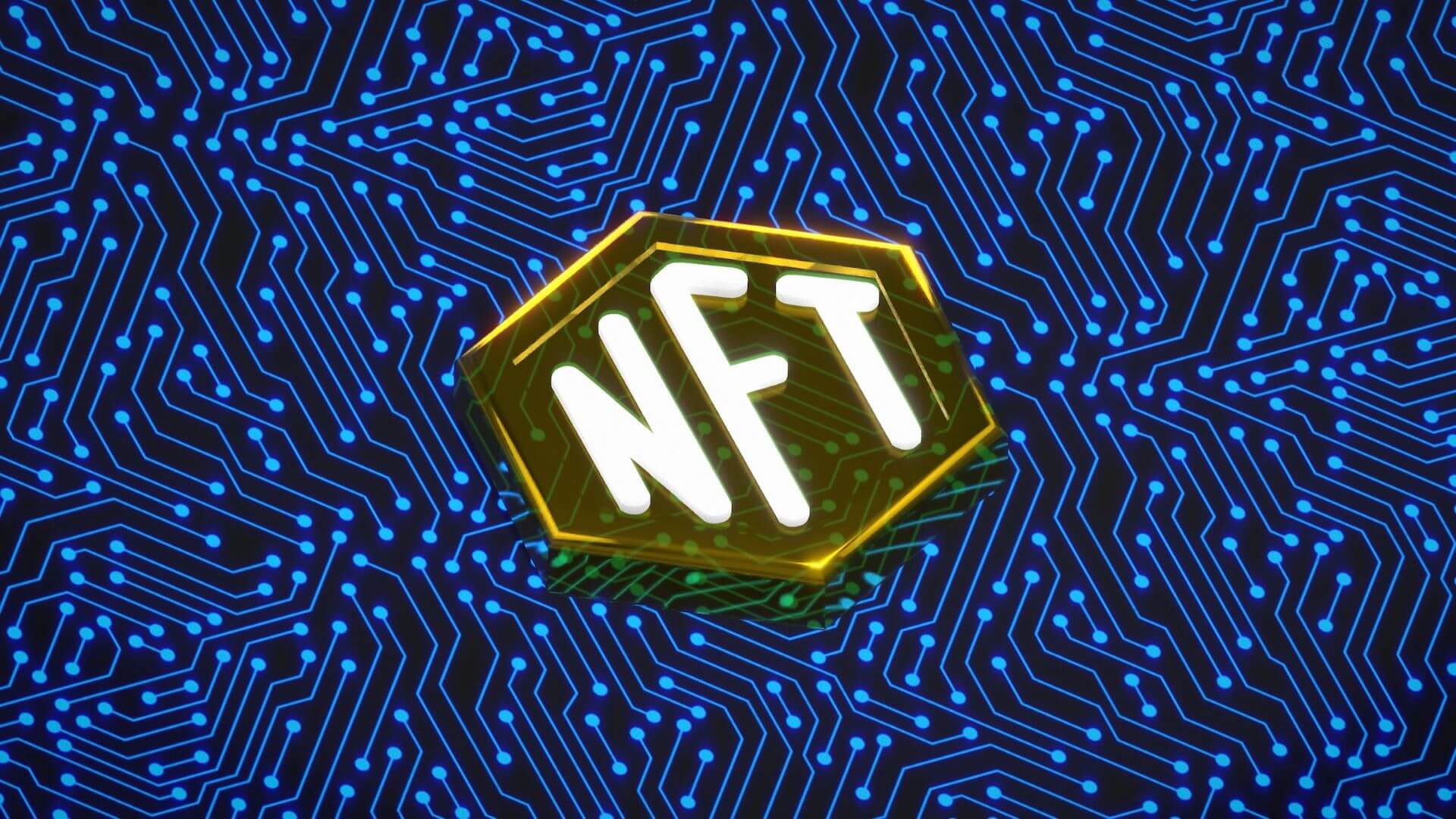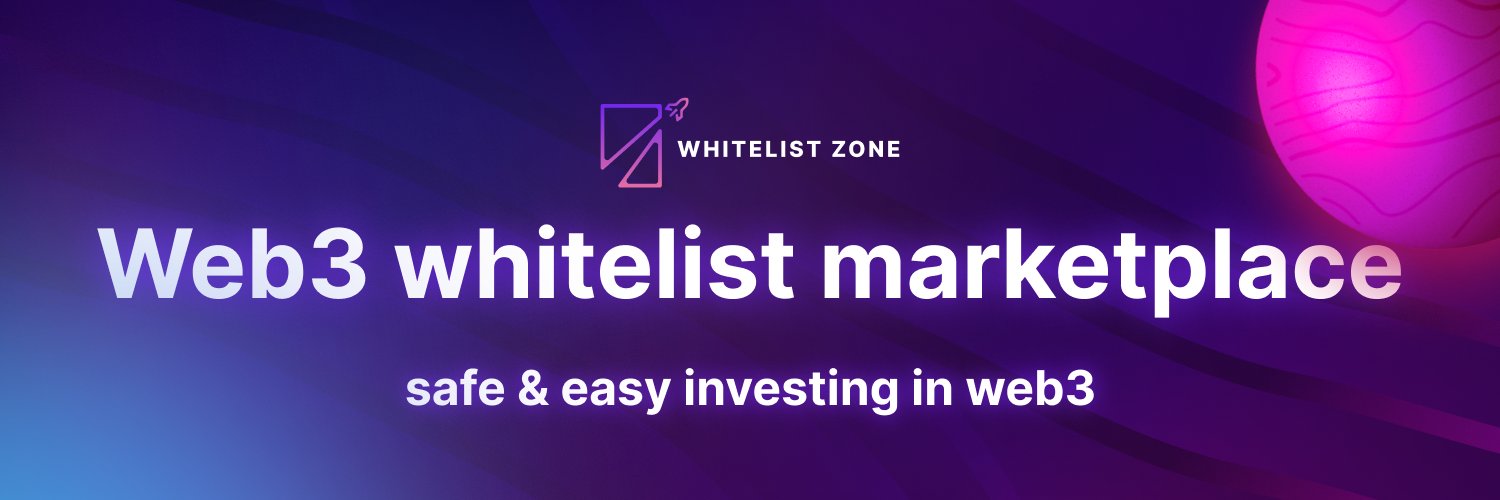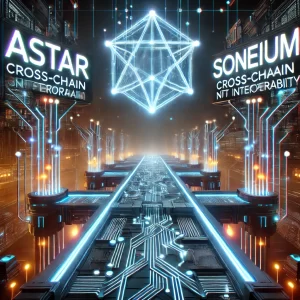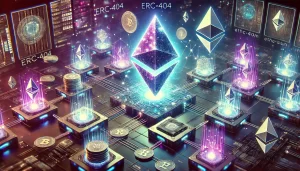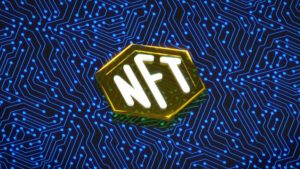
As the blockchain universe continues to expand, one of its most groundbreaking innovations is the NFT (Non-Fungible Token). Yet, with a proliferation of blockchains supporting NFTs, the industry faces a fragmentation challenge. This is where NFT bridges come into play, allowing these tokens to transfer seamlessly across various blockchains. For developers, this presents both a myriad of opportunities and a set of unique challenges. Let’s delve into the intricacies of customizing NFT bridges.
The Allure of Customization
At its core, an NFT bridge serves as a connection between two blockchains, enabling the movement of NFTs between them. However, with different blockchains having unique properties, consensus mechanisms, and user bases, a one-size-fits-all approach can be limiting. This is where customization comes into the picture, allowing developers to:
- Tailor Bridges for Specific Chains: Developers can optimize the bridge for specific chains, considering their transaction speeds, costs, and security features.
- Incorporate Unique Features: Beyond mere transfer capabilities, developers can integrate features like cross-chain NFT swaps, batch transfers, or even data analytics tools.
- Adapt to Evolving Tech: As blockchain technology evolves, customization allows developers to readily adapt their bridges to new standards or integrations.
Opportunities for Developers
- Innovation and Differentiation: In a growing market, creating a unique NFT bridge that stands out can be a significant competitive advantage. Developers can innovate by integrating additional features, enhancing user interfaces, or optimizing for specific use-cases.
- Meeting Niche Demands: There might be niche communities or industries with specific requirements. For instance, gaming platforms might need real-time NFT transfers, while art platforms might prioritize preserving metadata integrity.
- Collaborations and Partnerships: Building a reliable NFT bridge can lead to potential collaborations with NFT marketplaces, blockchain platforms, or even large-scale art and gaming projects.
Challenges in Customizing NFT Bridges
- Security Concerns: Customizing a bridge might introduce vulnerabilities if not done correctly. Ensuring the secure transfer of NFTs, especially high-value ones, is paramount.
- Interoperability Issues: While customization allows for unique features, it may also lead to compatibility issues. Ensuring that a custom bridge works seamlessly with a multitude of NFT standards and blockchains can be complex.
- Maintaining Upgrades and Standards: With the blockchain landscape continually evolving, developers must ensure their customized bridges are regularly updated to remain compatible with both the source and destination chains.
- Regulatory Uncertainties: As the legal landscape around NFTs and bridging evolves, developers need to be prepared to adapt their tools to ensure compliance.
- User Experience Trade-offs: Sometimes, adding features or optimizing for specific tasks can complicate the user experience. Striking a balance between advanced capabilities and ease of use is crucial.
Best Practices for Developers
- Prioritize Security: Before implementing any custom features, ensure the fundamental operation—secure and reliable NFT transfer—is foolproof.
- Engage with the Community: Feedback from users, other developers, and stakeholders can provide insights into necessary features or potential pitfalls.
- Stay Updated: Keep abreast of the latest developments in blockchain technology, NFT standards, and regulatory news to ensure your bridge remains relevant and compliant.
- Simplify Onboarding: If your bridge offers unique features, ensure they’re well-documented and that there are resources available for users unfamiliar with them.
- Test Extensively: Before rolling out any customizations, thorough testing in various scenarios is essential to iron out bugs and ensure smooth operations.
Conclusion
Customizing NFT bridges offers a promising avenue for developers to push the boundaries of what’s possible in the NFT space. While the opportunities are vast, the journey is riddled with challenges that require foresight, continuous learning, and engagement with the broader community. By adopting best practices and maintaining a user-centric approach, developers can harness the full potential of NFT bridges, driving both innovation and adoption in the cross-chain world.

